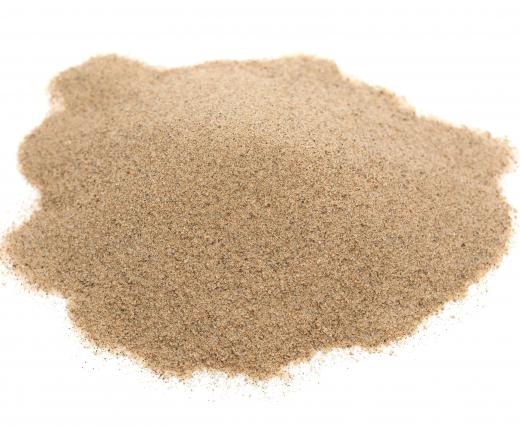Organic Modification Method of Clay Minerals

Compared with other adsorbents, clay minerals are often used as natural adsorbents due to their low cost, large specific surface area, and high cation exchange capacity.
In recent years, people use natural clay minerals such as kaolinite, montmorillonite, illite and bentonite to remove organic pollutants and anion pollutants in water. However, studies have shown that natural clay minerals have a certain adsorption capacity for anionic pollutants, but their adsorption capacity for organic pollutants is weak. This is because there are many hydrophilic inorganic cations on the surface of clay minerals, making the surface of clay minerals hydrophilic in a wet state, and it is difficult to directly adsorb hydrophobic organic pollutants.
By modifying natural clay minerals with surfactants, polymers, and silane coupling agents, the surface of clay minerals can be transformed from hydrophilic to hydrophobic, and an organoclay adsorbent with low cost and strong adsorption performance can be obtained. It can effectively improve the adsorption of clay minerals to hydrophobic organic pollutants.
1. Surfactant
Surfactant molecules are composed of two groups with completely different properties, namely hydrophilic group and hydrophobic group. According to the dissociation of hydrophilic groups in aqueous solution, surfactants can be divided into cationic surfactants, anionic surfactants and nonionic surfactants. And because of its environmental friendliness and low toxicity, it is often used as a clay modifier.
(1) Cationic surfactant
The mechanism of using cationic surfactants to modify clay minerals is usually an ion exchange reaction, that is, organic cations in cationic surfactants replace inorganic cations (such as Na+, Ca2+, etc.) between clay mineral layers.
(2) Anionic surfactants
The hydrophilic groups of anionic surfactants are negatively charged groups, and there are also negatively charged groups on the surface of clay minerals, so that anionic surfactants cannot be adsorbed on the surface of clay minerals by electrostatic attraction. At present, the modification mechanisms of anionic surfactants on clay minerals are mainly hydrophobic bonding and hydrogen bond formation.
(3) Cationic and anionic composite surfactants
(4) Gemini surfactants
Gemini surfactants (dimer surfactants) are composed of two hydrophobic alkyl carbon chains and hydrophilic groups, linking groups and counter-ionic groups. Compared with traditional alkyl quaternary ammonium cationic surfactants, clay minerals modified by gemini surfactants usually have higher adsorption capacity and lower modifier release, so they are widely used in the field of sewage removal.
(5) Non-ionic surfactants
Nonionic surfactants do not dissociate in water, and their hydrophilic groups are usually ester groups, carboxyl groups, and hydroxyl groups, which can interact with hydroxyl groups on the surface of clay minerals to generate hydrogen bonds and adsorb on the surface of clay minerals.
In addition, it has been reported that organoclay minerals modified by nonionic surfactants have larger interlayer spacing and higher chemical stability than organoclay minerals modified by cationic surfactants, and have better application prospect.
2. Polymer
Polymers can modify clay minerals through physical adsorption, ion exchange and chemical grafting, and improve the adsorption performance of clay minerals.
The physical adsorption modification method refers to that the polymer is adsorbed on the surface of the clay mineral due to its own charged or functional groups forming hydrogen bonds with the hydroxyl groups on the surface of the clay mineral, and changes the physical and chemical properties of the surface. The advantage of physical adsorption is that it does not change the structure of clay minerals. The disadvantage is that the force between the polymer and the clay mineral surface is relatively weak, and it is easily disturbed by factors such as temperature and pH value.
The chemical grafting of polymers to the surface of clay minerals belongs to chemical adsorption, and the condensation of polymers and reactive groups of clay minerals makes the polymers bonded to the surface of clay minerals. Clay minerals modified by chemical adsorption are more stable than those modified by physical adsorption.
3. Silane coupling agent
Silane coupling agents, also known as organosilanes, are composed of non-hydrolyzable groups, short-chain alkylene groups, and hydrolyzable groups. Silane coupling agents modify clay minerals, usually by hydrolyzing the hydrolyzable groups of silane into hydroxyl groups and then condensing with the hydroxyl groups on the surface of clay minerals to form stable Si-O-Si or Si-O-Al covalent bonds and adsorbed on the clay. mineral surface.
